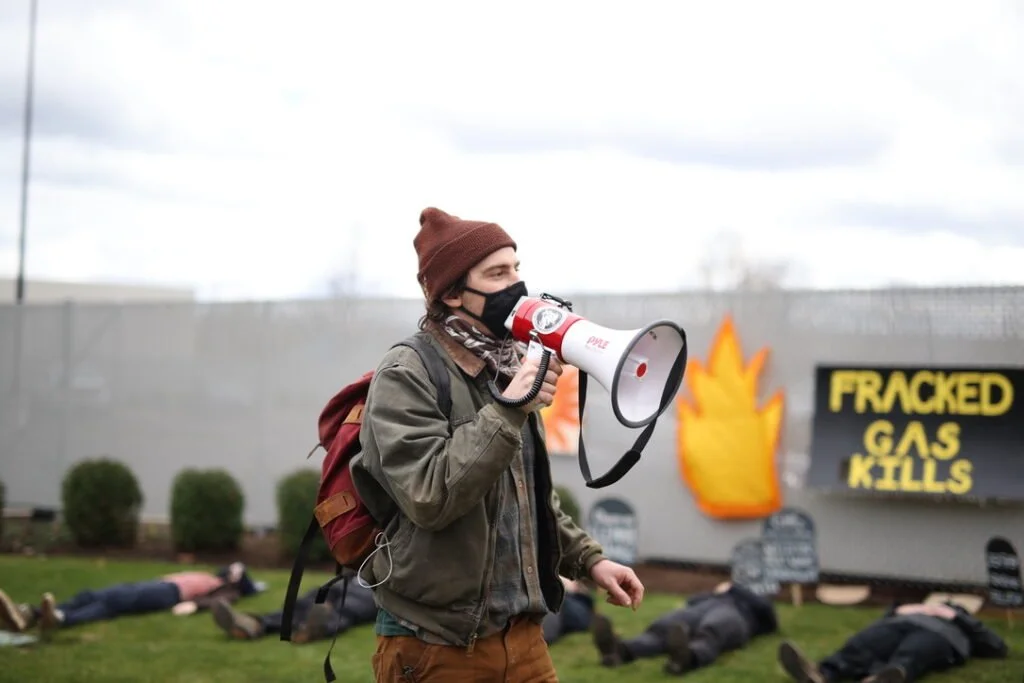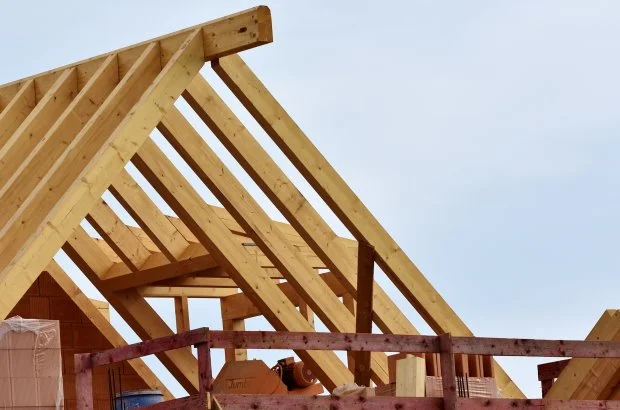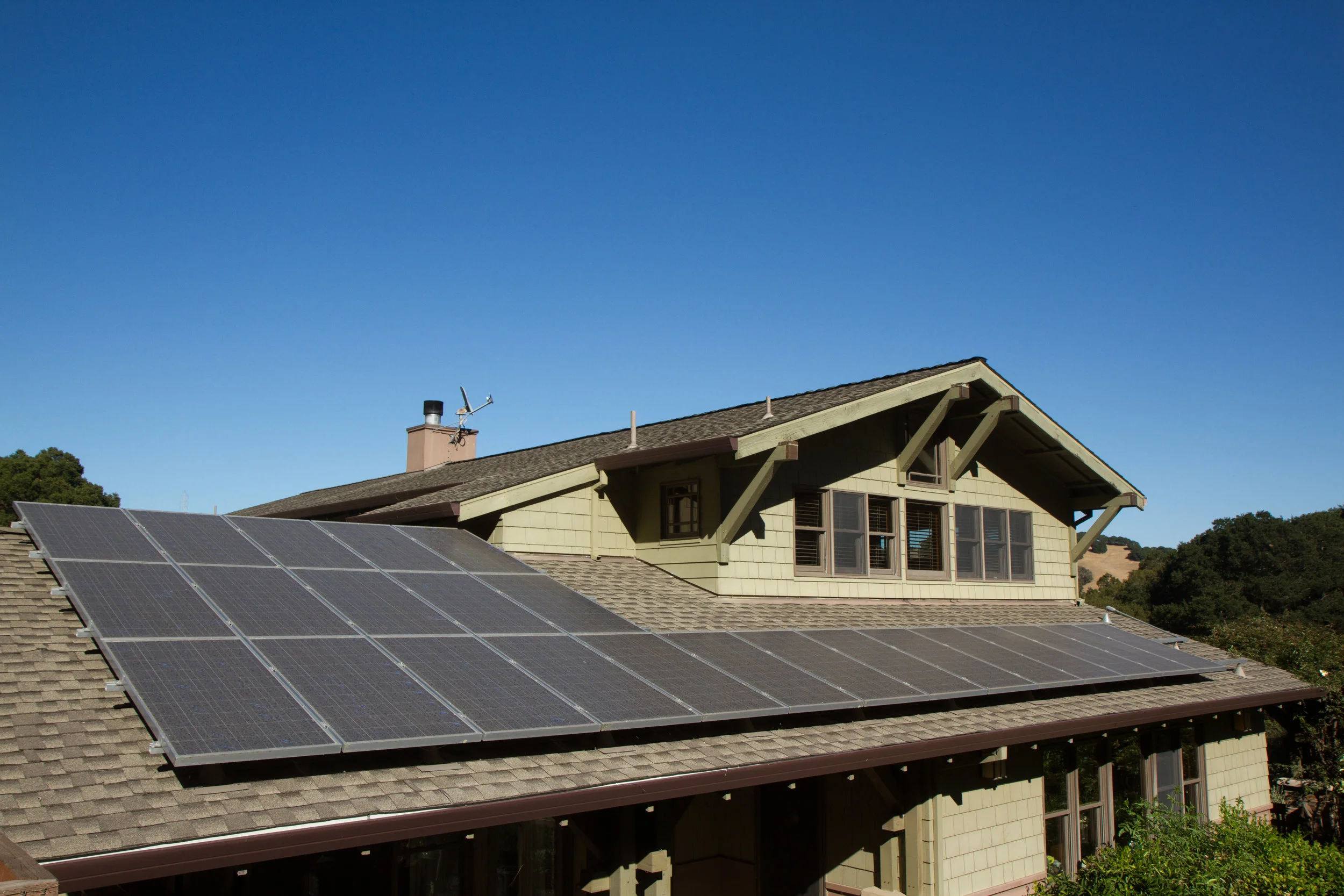Check out this great case study by Mark Darienzo, which was originally shared by one of our members, Solar Oregon. The house is Passive House Certified and both the ADU and the house are Earth Advantage Platinum Certified. Green Hammer (another ZERO Coalition member) built the house and the ADU was built by NW Tactical Designs.
Six new solar panels on south facing roof of main house. To the right and left of the older panels
Robin Cash and I were regular attendees at the Net Zero talks sponsored by Solar Oregon many years ago. We learned a lot about solar panels and energy efficiency. Robin always dreamed about building a house, especially an energy efficient one where we can stay warm without running up high energy bills. We decided to build an all-electric Passive House and in 2011 contracted with Green Hammer to build it. A 3000 gallon underground cistern and a water filtration system, that allowed for in-house use of rainwater, was installed as well. We moved in August 2012.
Also in 2012 we signed a twenty-year Power Purchase Agreement with SunRun to install fourteen Solar World 235 watt solar panels (3.29 Kw) on the south side of our roof and a Fronius IG Plus inverter attached to the west side of the house. R&S Energy was the installer. The panels were installed June 2012. We paid $6000 upfront and recouped it through four yearly $1500 state tax credits. SunRun received the Energy Trust of Oregon money and the Federal tax credit.
Electrical system for solar panels on main house (Enphase IQ combiner, Fronius IG Plus inverter and electric meters)
Because Robin was such a strong advocate for affordable housing, we decided to build an ADU in the back yard, rent to someone with low income, and charge very affordable rent. R&B Design Studio LLC in coordination with Enhabit provided the plans. NW Tactical Designs LLC built the ADU. The ADU was completed in July 2019 and our first tenant moved in August 1st.
Twelve panels on west side of ADU (barely visible) and three panels on south facing porch roof. Enphase IQ combiner is on the west side of ADU.
We hired Sunlight Solar to install solar panels on the ADU roof and more on the main house. Twelve Hanwha Q cell 315 watt panels were installed on the ADU on the west facing roof (3.75 Kw) and three on the south facing porch roof (0.945 Kw) for a total of 4.725 Kw. Six panels were installed on the south facing roof of the main house (1.89 Kw) to bring the total on the main house to 5.18 Kw. All the new panels have Enphase IQ 7 microinverters and all panels were installed April, 2020. Our new system went on-line May 5, 2020 The total for both the ADU and main house is 9.9 Kw.
The installation process took more time than anticipated because of an open permit for the existing solar panel attachments, new safety requirements with respect to emergency shut-offs and a need for an engineering assessment all on the main house. Then rainy weather and COVID-19 further postponed the install date.
For the 2020 tax year I will take advantage of federal tax credits for the solar panels as well as the all electric Chevy Bolt and Siemens electric car quick charger I purchased in 2020. The state money available for the Bolt was deducted from the purchase price.
It is unknown whether the system will be net zero. Besides my two electric cars: a plug-in hybrid 2016 Chevy Volt and Chevy Bolt, I have a fused glass kiln in the garage, a clothes dryer in the ADU and an electric stove and oven in the main house and ADU. Time will tell.















